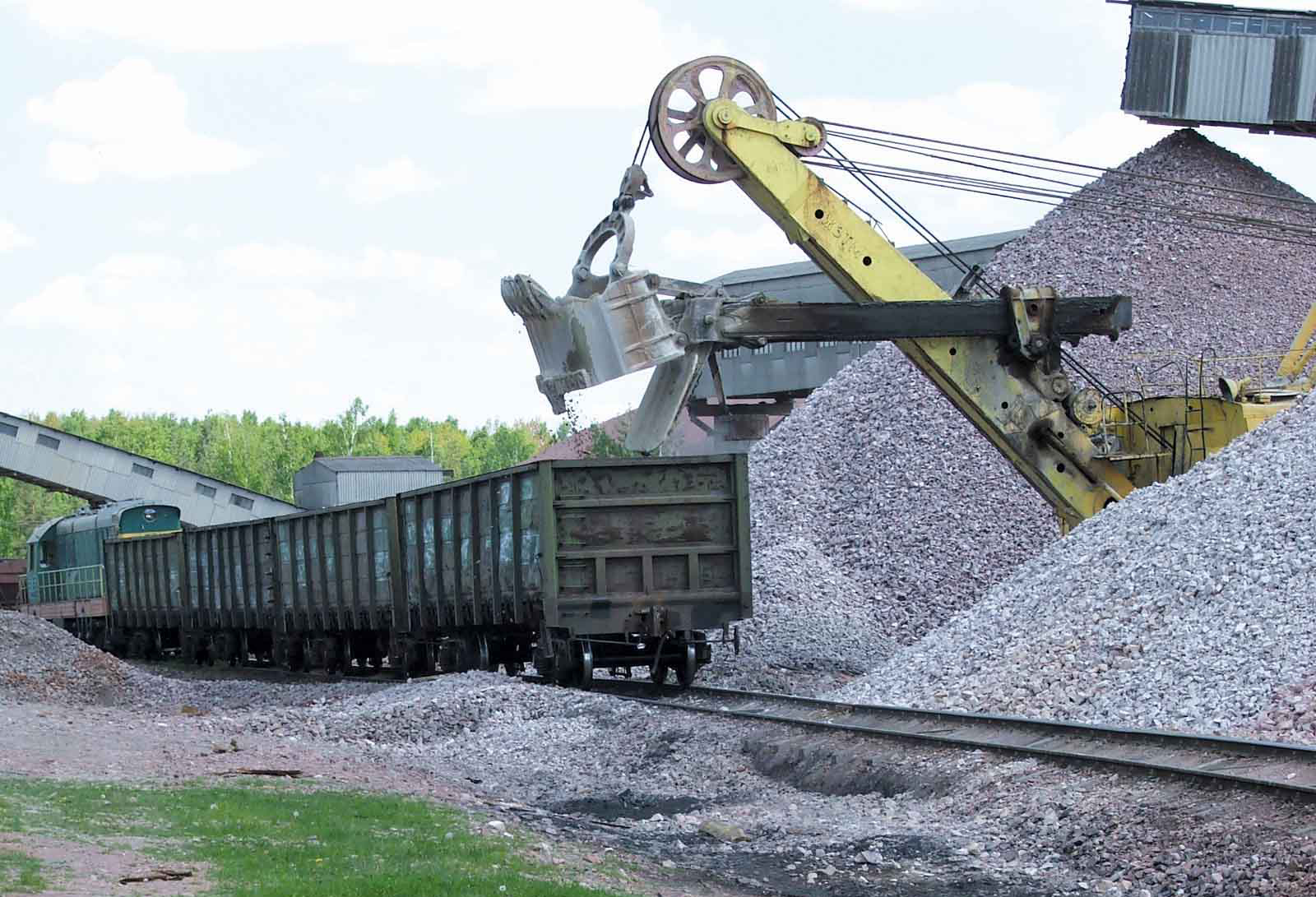
Central Asia is expected to become one of the centres of global aggregates production during the next few years, due to the recently announced ambitious plans of some of the region’s governments. Eugene Gerden reports.
To date, the majority of Central Asia-based nations’ aggregates needs have been met by imports from China and Russia.
However, due to a significant deterioration of the business environment in the region caused by the decline of oil prices, further imports have become no longer profitable for the majority of Central Asia’s former Soviet republics.
Furthermore, the ever growing expansion of Chinese aggregates’ producers has also sparked fears of Chinese domination of Central Asia’s aggregates industry in future years.
Responding to such fears, the government of Kazakhstan, one of Central Asia’s most economically developed countries, plans to invest up to €133.5 million (US$150 million) in boosting the output of an existing aggregate production site in the Mangistau region of the country.
The demand for aggregates in Kazakhstan has significantly increased, while the increase in the Mangistau production site capability is part of an existing state program known as Affordable Housing 2020, which will see the commissioning of up to 7 million m² of new housing in Kazakhstan by 2020.
The Mangistau-based aggregate production plant is known as Altyn TAS Myrzabek and mainly specialises in the production of fractional crushed stone. The plant is located at the base of the Shetpinskoe-1 field, one of the largest fields for the production of crushed stone in Western Kazakhstan. Its total reserves are estimated at 96 million m³.
The plant already produces about 2 million tonnes/year of crushed stone, and the implementation of its expansion could increase production up to 5 million tonnes/year. Its on-site reserves are designed for 40 years.
The majority of crushed stone and other materials produced at an expanded Altyn TAS Myrzabek plant will be supplied to the domestic market, and mostly used in Caspian offshore projects and Kazakh road building and construction initiatives.
Meanwhile, the Kazakh government is keen to attract investors who would like to develop other aggregates fields. High taxes are currently major deterrents to potential investment, preventing rapid development of the Kazakh aggregates industry and, at the same time, significantly increasing production costs. However, there is a possibility that the tax burden on the aggregates industry will be significantly reduced as early as the end of 2016. The Kazakh government intends to abolish duties on the supplies of equipment for the national aggregates industry.
Currently, about 200 companies are involved in the production of aggregates in Kazakhstan, the majority of them of small and medium size. The bulk of the country’s aggregates enterprises were established in the Soviet republics’ era, which means that the level of their technical equipment is now significantly outdated.
According to estimates from the Kazakh Ministry of Industry and Construction, the present level of depreciation of fixed assets in the Kazakh aggregates industry is estimated at about 50%, and these figures continue to grow. However, the abolishment of customs duties will significantly improve the current situation.
To date, the majority of equipment used by Kazakh aggregates enterprises has been supplied from abroad, mainly from Western countries, but the start of the country’s economic crisis has resulted in the devaluation of tenge, the local currency, forcing many local enterprises to snub further imports of Western technologies and equipment for the modernisation of their production facilities.
Low utilisation currently remains another major problem of the Kazakh aggregates industry, which is also due to high production costs and the inability of the industry to compete with cheaper imports.
Kazakhstan is not the only Central Asian state planning a large increase in aggregates production during the next few years. Similar major production increase plans were recently announced by Uzbekistan.
According to recent statements of an official spokesman of Shavkat Mirzijaev, Prime Minister of Uzbekistan, the increase in the country’s aggregates production will mainly take place thanks to the recent adoption of a new law, known as On subsoils. This has created conditions to allow the development of aggregates fields in the country, the total number of which is currently estimated at 60-70.
The new law has established a legislative base for the development of aggregates fields in Uzbekistan, involving the provision of special licenses which are issued by the country’s government.
At the same time, the new legislative framework has also created conditions for the attraction of foreign investment into the nation’s aggregates industry. Overall, according to Mirzijaev, up to US$436 million will be allocated for the development of the Uzbek aggregates industry during the next few years, with a large chunk of those funds set to be invested in the increase of production of crushed stone and sand.
According to Mirzijaev, it is planned that around US$250 million of the total pot will be invested in the reconstruction of existing facilities for the production aggregates and the construction of new sites.
There is a possibility that the majority of funds will be provided to Uzstroymaterialy, Uzbekistan’s leading stateowned producer of aggregates, which holds up to 70% of the Uzbek aggregates market.
According to the Uzbek government, successful implementation of these plans will allow for domestic aggregate needs to be fully met, while, simultaneously, encourage national producers to start exporting.
Not to be outdone by Kazakhstan and Uzbekistan, the government of Kyrgyzstan has also recently begun the provision of licenses for the development of the country’s largest aggregates fields, among which are Kurmenty, Karagaily- Bulak, Ak-Sai and Kuvasay.















